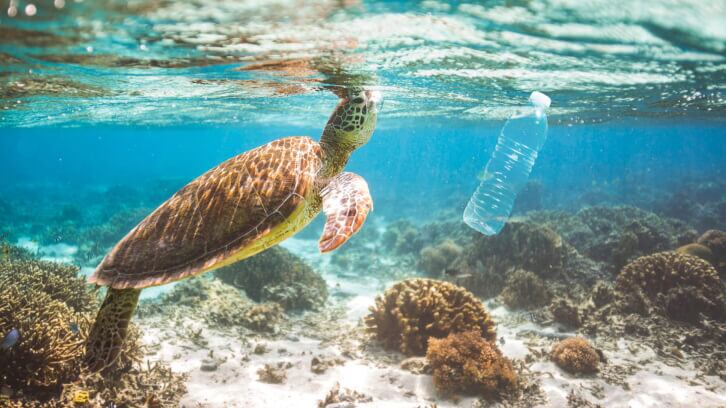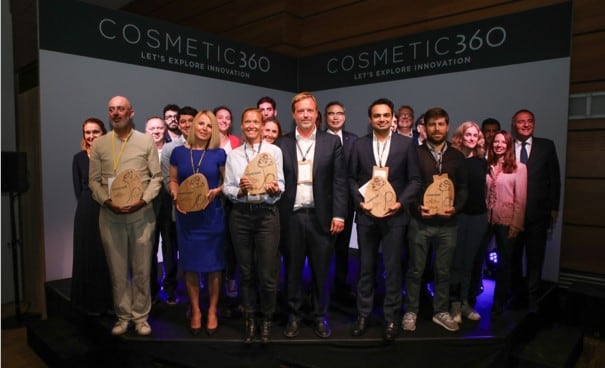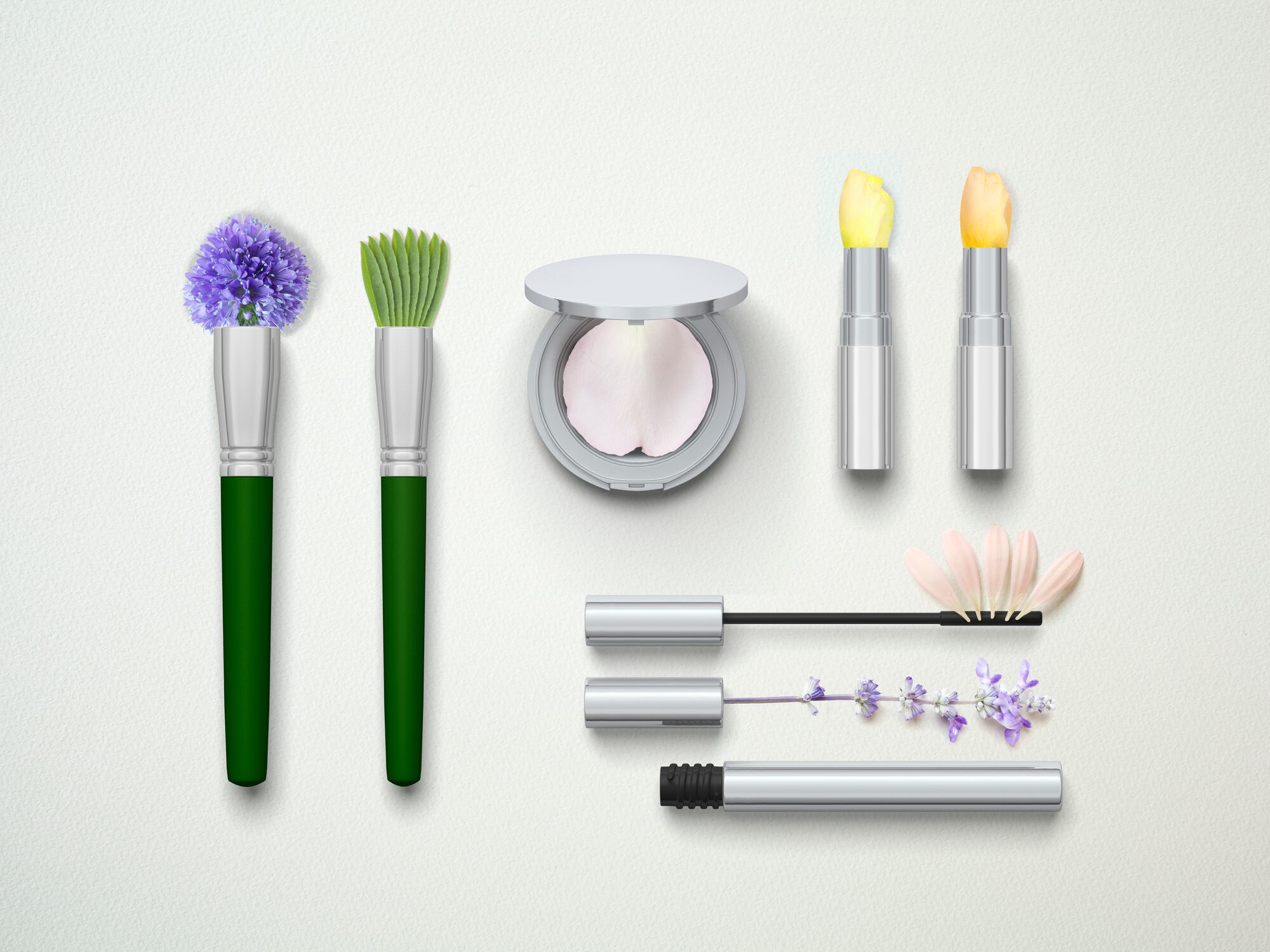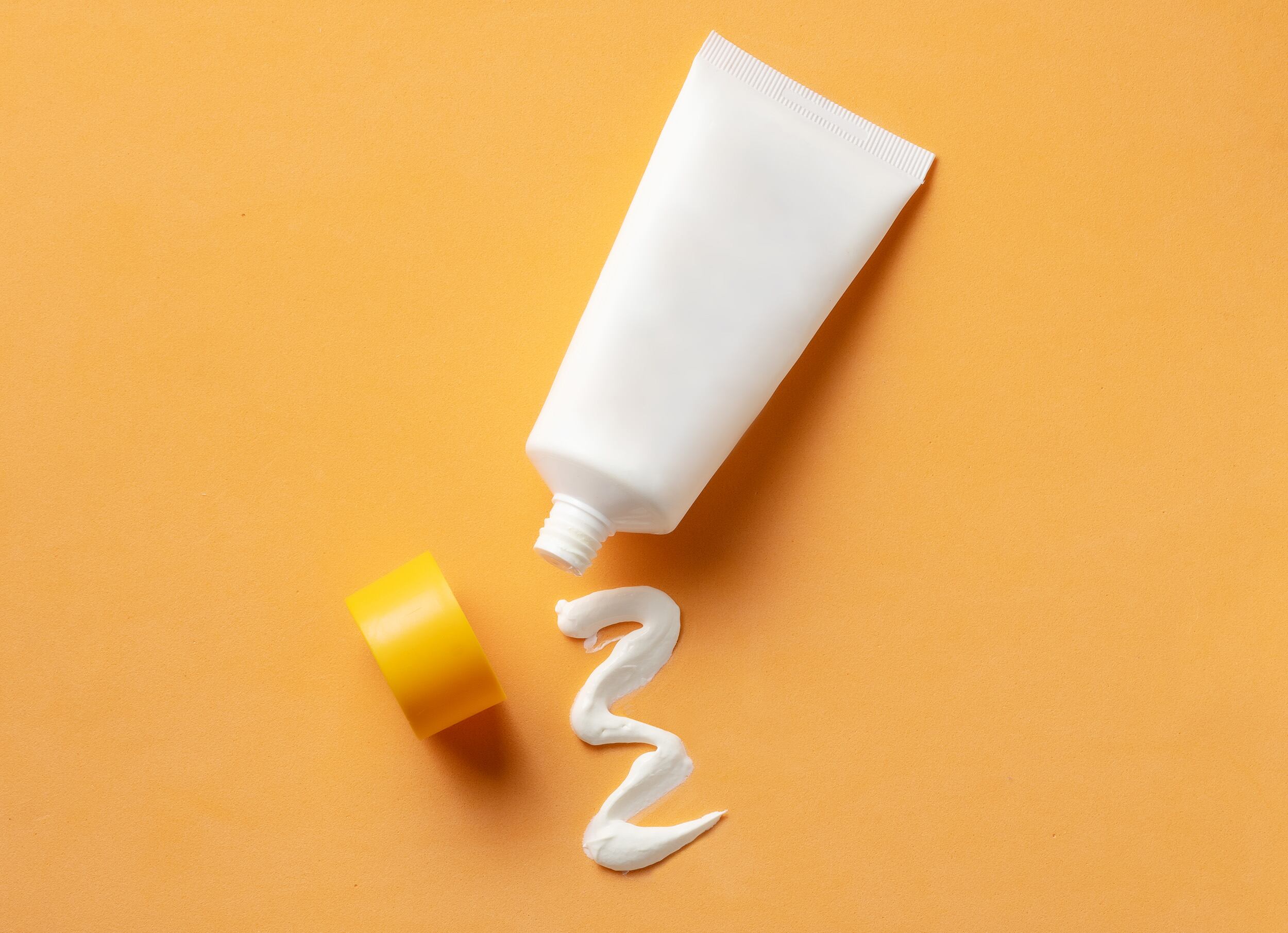Between 18-19th October Paris’ Carrousel du Louvre was filled with cosmetics and fragrance industry companies from every step of the supply chain.
The show also played host to some trailblazing expert speakers in its #Cleantech conferences, who raised important issues that should be considered to future-proof businesses. These included:
1. Refillable solutions are bringing new microbiological challenges
Aptar has developed a new refill solution for face care and beauty products called GAIA and explained more about the tests it had undertaken for microbiome risk analysis of airless skincare packaging.
As Patrick Bousquel, Marketing Director for at Aptar Beauty EMEA said “New product; new problems”. And while refillable solutions are better for the planet, they bring along a whole new set of issues to consider when consumers are refilling products at home in a noncontrolled environment, such as the risks through cutaneous contacts during refills, and leakage due to lack of tightness in casing from repeated opening and closing.
Aptar said it had worked with various external partners such as consultants and laboratories to test the microbiological safety of this new packaging solution.
Florence Roullet, Aptar’s Applied Sciences Director GMI Beauty & Home detailed the various tests the company had undertaken to ensure the new product was fit for purpose, including one test with a “one minute exposure to ambient air” (with an assumption this would be at 500 CFUm/3), along with in vitro tests to investigate contamination levels, with a test strain of Staphylococcus epidermis.
It also tested out container tightness to prevent leakage by comparing GAIA to a similar Aptar product that isn’t refillable.
2. There is still an unmet demand for sustainable packaging
According to Euromonitor’s Project Manager for Sustainability Maria Bogdanova, the company's consumer data showed that ‘Recyclable’ is the most trusted green label among consumers. With 58% of those quizzed saying this. It was closely followed by 56% who said locally sourced; 53% who said natural; 53% also said organic; 52% who said eco-friendly and 49% sustainably produced.
Bogdanova shared that ‘fighting plastic’ and ‘recycling’ were consumers' top priorities and that 64% said they tried to ‘have an impact on the environment through their actions.’
She explained that there is still an unmet demand for sustainable packaging. The US, France and UK were the top three countries that had released the most beauty and personal care products with sustainable packaging, but there are huge opportunities for investment within this area in Brazil and Mexico, as there is a high consumer demand but a lack of innovation in this area.
Euromonitor’s consumer data also showed that people were often confused by sustainability messaging and said they wanted simple and reliable messages on sustainability, which was backed up by certifications and studies. Bogdanova also pointed out that packaging was the most obvious tool to clearly and simply communicate sustainability credentials.
3. We are focusing on land and forgetting the ocean
According to Vincent Duret from ocean protection company Fondation de la Mer, the ocean is in a state of emergency, yet much of the innovation and work we are doing is focused on assessing the impact on biodiversity on the land and not in the sea.
He said that use of bio-sourced maritime-origin ingredients in cosmetics is increasing and that going forward, packaging will be a key way to communicate eco-responsibility for this.
The company offers beauty and personal care companies two tools to assess their impact on the marine environment: The Ocean Framework: a reference framework that takes into account a company’s impact on the ocean and integration of ocean protection into its strategy; as well as the Ocean-Approved label for companies that have met the framework’s criteria.
4. Use of PFAS in sunscreen is likely to become more regulated
According to Frank Gana founder of (Re)set, a company that has worked with businesses like Chanel, LVMH and L’Oréal to help them make their businesses more sustainable, the industry is currently facing resources issue in terms of biodiversity, water and use of carbon.
Gana stated that while natural ingredients are popular with consumers, nature has limited resources. He said that between 2015 and 2020, the planet experienced 10m hectares of deforestation per year in overexploitation of natural resources.
He highlighted the fact that PFAS in sunscreen will be the next topic to be put under the microscope and suggested that Lignin may be a potential alternative, but remarked that it’s very difficult to stabilise it.
5. Addressing water use should be high on the R&D agenda
Gana also advised companies on water consumption to create products. “Water use is starting to be regulated even though it’s required at several stages when making cosmetics, he said.
"Companies must reduce water consumption at each stage of the product life cycle, check wastewater quality, and innovate to develop new products in this space”
Overall, Gana’s advice for beauty and personal care companies was to: “Look beyond packaging and create formulations that reduce water use and help biodiversity.”
6. Joint packaging solutions from industry giants are expected by late 2024
The #CleanTech conferences also revealed that 'co-operation is the new competition' and that many competing companies like L’Oréal, LVMH, Chanel, J&J and Shiseido have all worked together with RE(SET) on its ‘Pulp in Action’ program, which is aims to replace use of plastic in cosmetics packaging with cellulosic fibre. The first complete solutions are expected to be unveiled by the end of 2024, with 60 innovations selected and 45 pilots launched.
7. L’Oréal has some ambitious targets to meet by 2030
By 2030, the French multinational is aiming to ensure that 95% of its ingredients in formulations will be bio-based and derived from abundant minerals or from circular processes, and that 100% of the plastics used in its products’ packaging will be either from recycled or bio-based sources.
Speaking at a roundtable about circular economy to replace petro-sourced chemistry, Olivier Rolland, L’Oréal’s Global Director R&I for the future and green strategy, shared that the company is now aiming for “100% eco-conception for all our products”. He also said: “We need to think about the whole value chain; innovations are only solving one problem.”





